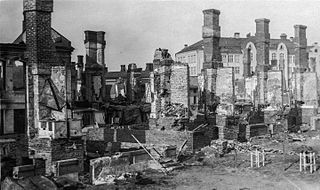
The Finnish Civil War was a civil war in Finland in 1918 fought for the leadership and control of the country between White Finland and the Finnish Socialist Workers' Republic during the country's transition from a grand duchy ruled by the Russian Empire to a fully independent state. The clashes took place in the context of the national, political, and social turmoil caused by World War I in Europe. The war was fought between the Red Guards, led by a section of the Social Democratic Party, and the White Guards, conducted by the senate and those who opposed socialism with assistance late in the war by the German Imperial Army at the request of the Finnish civil government. The paramilitary Red Guards, which were composed of industrial and agrarian workers, controlled the cities and industrial centres of southern Finland. The paramilitary White Guards, which consisted of land owners and those in the middle and upper classes, controlled rural central and northern Finland, and were led by General C. G. E. Mannerheim.
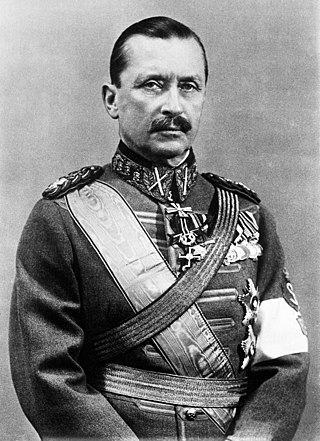
Carl Gustaf Emil Mannerheim was a Finnish-Swedish military commander, aristocrat, and statesman. He served as the military leader of the Whites in the Finnish Civil War (1918), as Regent of Finland (1918–1919), as commander-in-chief of the Finnish Defence Forces during the period of World War II (1939–1945), and as the sixth president of Finland (1944–1946). He became Finland's only field marshal in 1933 and was appointed honorary Marshal of Finland in 1942.
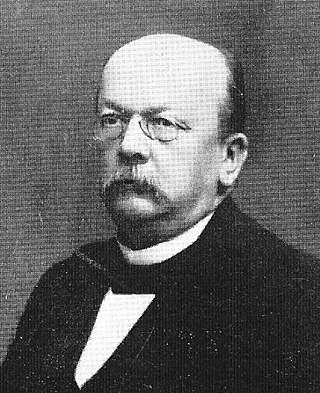
Lars (Lauri) Johannes Ingman was a Finnish theologian, bishop and politician. He was born in Teuva. In 1906 he began to serve as the editor of Vartija, a Christian magazine. From 1916 to 1930 he was the professor of practical theology in the University of Helsinki. He was also a member of the conservative National Coalition Party, where he acted as the speaker of the parliament and a minister in several cabinets, and served as the Prime Minister of Finland twice, in 1918–1919 and 1924–1925. In 1930 he was elected Archbishop of Turku, head of the Evangelical Lutheran Church of Finland. He died in Turku.

The Estonian War of Independence, also known as the Estonian Liberation War, was a defensive campaign of the Estonian Army and its allies, most notably the United Kingdom, against the Soviet Russian westward offensive of 1918–1919 and the 1919 aggression of the pro–German Baltische Landeswehr. The campaign was the struggle of the newly established democratic state of Estonia for independence in the aftermath of World War I. It resulted in a victory for Estonia and was concluded in the 1920 Treaty of Tartu.

Antti Agathon Tulenheimo was a Finnish politician from the National Coalition Party who served as Prime Minister of Finland in 1925.

The Kingdom of Finland was a failed attempt to establish a monarchy in Finland in the aftermath of the Finnish Declaration of Independence from Russia in December 1917 and the Finnish Civil War from January to May 1918. The victorious Whites in the Parliament of Finland began the process of turning Finland into a kingdom and creating a monarchy. Although the country was legally a kingdom headed by a regent for over a year, the king-elect Friedrich Karl never reigned nor came to Finland following Germany's defeat in World War I. Republican victories in subsequent elections resulted in the country becoming a republic.

Juho Heikki Vennola was Professor of National Economics at the University of Helsinki, a member of the Parliament of Finland, and a politician from the National Progressive Party, who served as Prime Minister of Finland twice.

A soviet republic, also called council republic, is a republic in which the government is formed of soviets and politics are based on soviet democracy. During the Revolutions of 1917–1923, various revolutionary workers' movements across Europe declared independence or otherwise formed governments as soviet republics. Although the term is usually associated with the Republics of the Soviet Union, it was not initially used to represent the political organisation of the Soviet Union, but merely a system of government.

Karl Fredrik Wilkama, born Wilkman, was a Finnish General of the Infantry. He was the supreme commander of the Finnish Defence Forces.

The Revolutions of 1917–1923 were a revolutionary wave that included political unrest and armed revolts around the world inspired by the success of the Russian Revolution and the disorder created by the aftermath of World War I. The uprisings were mainly socialist or anti-colonial in nature. Most socialist revolts failed to create lasting socialist states. The revolutions had lasting effects in shaping the future European political landscape, with, for example, the collapse of the German Empire and the dissolution of Austria-Hungary.

A communist revolution is a proletarian revolution inspired by the ideas of Marxism that aims to replace capitalism with communism. Depending on the type of government, the term socialism can be used to indicate an intermediate stage between capitalism and communism and may be the goal of the revolution, especially in Marxist–Leninist views. The idea that a proletarian revolution is needed is a cornerstone of Marxism; Marxists believe that the workers of the world must unite and free themselves from capitalist oppression to create a world run by and for the working class. Thus, in the Marxist view, proletarian revolutions need to happen in countries all over the world.
Edvard Hannula was a Finnish Lutheran clergyman and politician. He was a member of the Diet of Finland in 1897, 1899, 1900, 1904–1905 and 1905–1906 and of the Parliament of Finland from 1909 to 1913 and from 1919 to 1922. He belonged to the Young Finnish Party until 1918 and to the National Coalition Party thereafter.
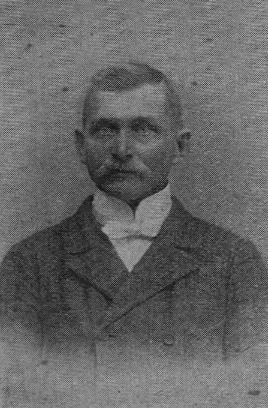
Oliver Eronen was a Finnish farmer and politician. He was a member of the Parliament of Finland from 1907 to 1919 and again from 1922 to 1924, representing the Social Democratic Party of Finland (SDP). He was imprisoned from 1918 to 1919 for having sided with the Reds during the Finnish Civil War.
Arvi Einar Malmivaara was a Finnish Lutheran clergyman and politician. He was a member of the Parliament of Finland from 1935 to 1939, representing the Patriotic People's Movement (IKL). He was also active in the Lapua Movement.
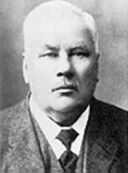
Pekka Ahmavaara was a Finnish bank director and politician. He was born in Ylitornio, and was a member of the Diet of Finland from 1894 to 1906 and of the Parliament of Finland from 1907 to 1916 and again from 1917 to 1919. He represented the Young Finnish Party until 1918 and the National Coalition Party from 1918 to 1919.
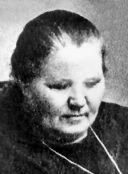
Eveliina Ala-Kulju was a Finnish schoolteacher, farmer's wife and politician. She was a member of the Parliament of Finland from 1907 to 1910 and again from 1914 to 1919. She represented the Finnish Party until 1918 and the National Coalition Party from 1918 to 1919. Reino Ala-Kulju was her son.
Daavid (Taavetti) Latveteläinen was a Finnish construction worker and politician. He was born in Maaninka and was a member of the Parliament of Finland from 1911 to 1918, representing the Social Democratic Party of Finland (SDP). During the Finnish Civil War Lapveteläinen was a member of the Central Workers' Council. He was imprisoned after the war and died in detention in 1919. He died in Helsinki.

Eero Erkko was a Finnish journalist and politician. He served as minister of social affairs from 27 November 1918 to 17 April 1919, minister of transport and public works from 17 April to 15 August 1919 and Minister of Trade and Industry from 15 August 1919 to 15 March 1920. He was a member of the Diet of Finland from 1894 to 1900 and again from 1905 to 1906 and of the Parliament of Finland from 1907 to 1919, representing the Young Finnish Party until 1918 and the National Progressive Party from 1918 to 1919.
August Hyöki was a Finnish farmer and politician. He was a member of the Parliament of Finland from 1916 to 1917 and again from June 1918 to March 1919. He represented the Finnish Party until December 1918 and the National Coalition Party from then on.
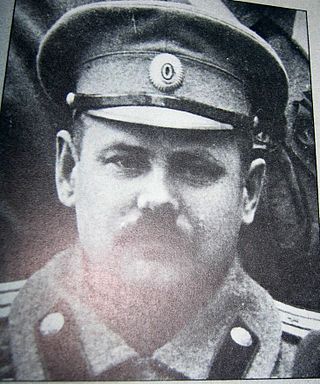
Mikhail Stepanovich Svechnikov was a Russian military officer in the Imperial Russian Army and the Red Army. He is best known as one of the military leaders of the Red Guards during the Finnish Civil War.















